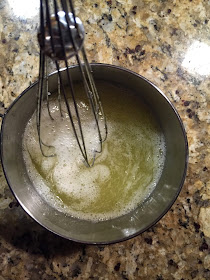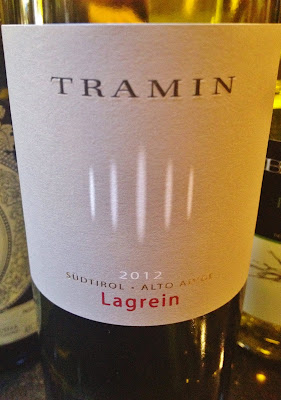Cave des Onze Communes in the Valle Centrale
Cave des Onze Communes is located in Aymavilles, just outside the city center of Aosta in the central valley, Valle Centrale, where most of the winemaking of the region takes place. This region is not only the smallest in size, but also produces the least amount of wine throughout all of Italy, but it sure offers plenty of unique varietals.
The unique grapes of the Valle d'Aosta
Since this isn't a region that is on the top of everyone's list for visiting, unless you are the outdoors type or a big skier, I wanted to talk about some of the unknown grapes of the Aosta Valley. The natural beauty of the steep sloped vineyards and alps hanging over the valley is a memorable experience. What I found interesting were the large variety of grapes that were unfamiliar to me to such as the ones that are blended in this particular wine.
About 75% of the wine produced from the Valle d'Aosta wine region are red wines with the red grape, Petit Rouge leading the way. This grape can be found in the wines of the subzones of the central valley including Enfer d'Arvier, Nus, Torrette and Chambave. Vino Italiano, by Joe Bastianich and David Lynch, compare the Fumin grape to a Cotes-du-Rhone Syrah. Mayolet is probably the least common of these three native grapes and is usually used as a blending grape. Over the years of winemaking in the Aosta Valley, this grape has slowly been replaced with other grapes due to the difficulty it takes to grow it.





























